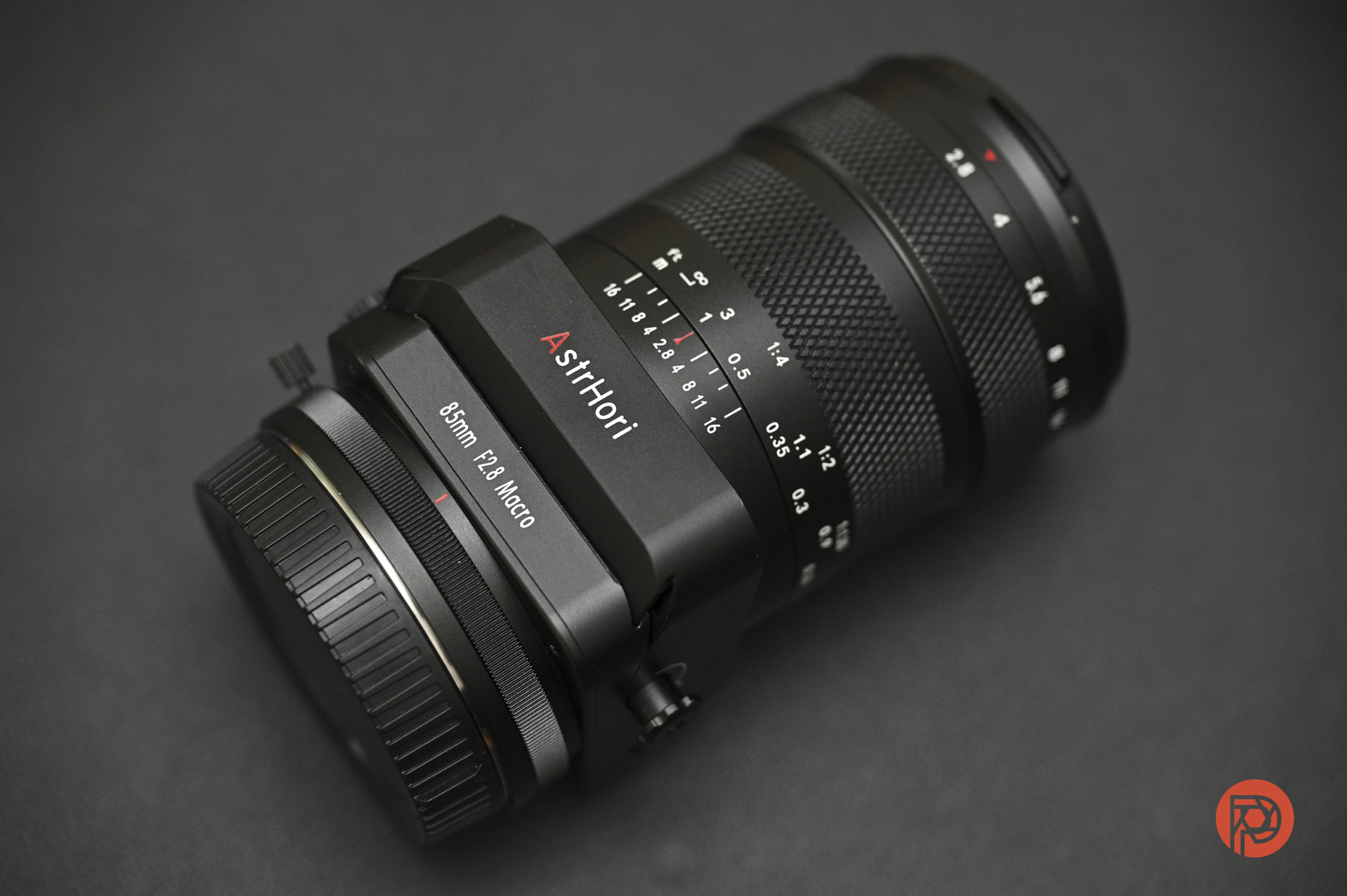Tilt-shift lenses have been around for a while, but this is the first time I’ve heard of a lens that can be classified as macro-tilt. The uniquely named AstrHori brand of lenses has released an 85mm f2.8 lens that has the distinction of being both a macro lens as well as a tilt one (with some limitations). Macro experts will know the pain of focus stacking multiple photos to increase the depth of field in the final image. This lens’s tilt capabilities will alleviate some of those issues. But you need to carefully work within its limitations to get the most out of it.
Wide aperture macro lenses are a double edge sword. On one hand, you get the ability to work creatively even in limited light conditions. On the other, when you get closer, the depth of field drops down to millimeters in some instances. Stopping down to the smallest aperture doesn’t always work out, as they tend to introduce diffraction and reduce sharpness. Plus, you then have to contend with very slow shutter speeds if you don’t want to increase your ISO value.
Regular macro lenses don’t have the capability to move the focal plane of the lens, and this is where the AstrHori 85mm f2.8 lens stands out. It doesn’t just allow you to get a 1:1 magnification ratio as close as 0.25m/9.8in to your subject. Using its tilt capabilities, you can adjust what’s in focus and what isn’t without having to move your camera around. And it does a fairly good job at portraits too, even if it isn’t the sharpest at f2.8.
The Big Picture
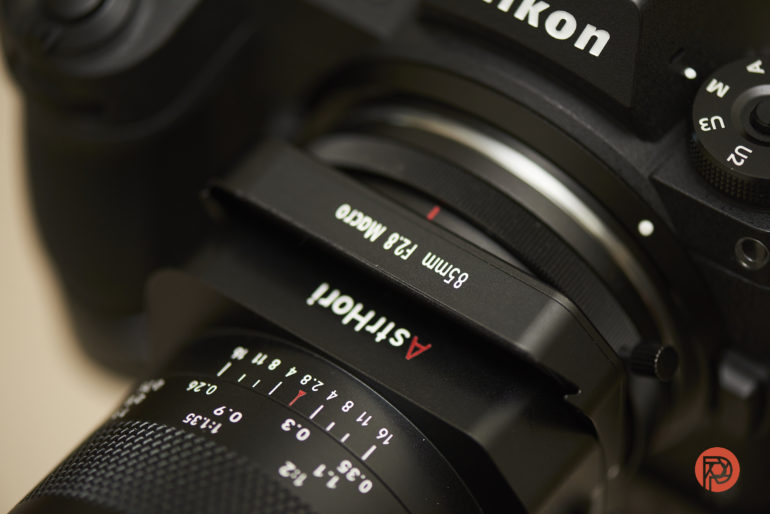
The AstrHori 85mm f2.8 is (feature-wise) in a league of its own as a 3rd party macro+tilt lens. As far as I know, only Canon has had such lenses in its arsenal until now. This lens has got very capable macro capabilities. The tilt capability is the first that I’ve seen in a macro lens at this price point. It can also be used as a handy portrait lens if you’re willing to work with the very slow manual focus throw. But the tilt feature comes with some heavy vignetting beyond the halfway point, which is why AstrHori clearly labels that feature as an APS-C option. Still, having a tilt feature on a macro lens is probably better than not having one at all. Sharpness is very impressive, even at f2.8, when you’re photographing subjects up close
Pros
- 1:1 magnification at closest focusing distance – 0.25m
- Tilt feature allows you to move the focal plane to shift focus without moving your camera
- Wide f2.8 aperture at 85mm focal length works well for portraits too.
- Sharpness is awesome at f2.8
- 11 lens elements in 8 groups, including two ED elements to suppress dispersion
- Manual focus ring throw is slow and smooth.
- De-clicked aperture ring
- Solid metal build and finish
- Available for Fujifilm X, L, Nikon Z, Sony E and Canon RF mounts
- 55mm filter thread.
- Retails for USD 329
Cons
- Manual focus
- It can stop down only until f16, which is shallow for a 1:1 macro lens
- EXIF transfer to your camera is not possible due to a lack of electronic lens contacts
- No weather sealing.
- Slightly heavy for its size. It weighed around 769g/1.70lb on a baking scale (with the lens cap on)
- Heavy vignetting in full frame mode after tilting the lens around the halfway mark. It’s not totally invisible in APS-C mode, but it’s correctable in post-processing to an extent.

It’s a two-in-one lens (three-in-one if you consider it a portrait lens too), albeit with some limitations (which, to their credit, AstrHori admits to). If macro photography is your thing and you want to explore minimizing photo stacking, this is a lens worth looking at. Just take into consideration that you’ll have to switch to APS-C mode on your camera most of the time when tilting. We’re giving the AstrHori 85mm f2.8 macro tilt lens four out of five stars. Want one? You can buy it on Amazon.
Innovations
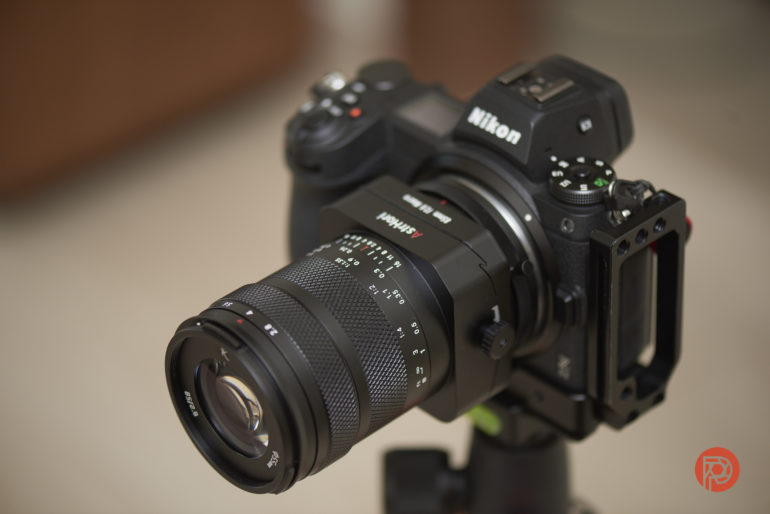
Canon already has 3 macro-tilt-shift lenses in their lineup, so we can hardly call the Astrhori 85mm as innovative. But those are understandably pricy given that they are L-series lenses. Also, they provide shift functionalities for architectural photography. So as a macro-tilt (without shift) lens, the AstrHori 85mm f2.8 is probably in a class of its own. It’s fantastic because it allows you to move the plane of focus to get different perspectives when close up to your subjects. It also helps to create a miniature effect in-camera when shooting landscapes, gimmicky as that may seem to some.
AstrHori states that the tilt feature is best when used on APS-C cameras or crop mode on full-frame cameras. This is because of the vignetting that occurs when the focal plane is shifted beyond a certain degree.
Gear Used
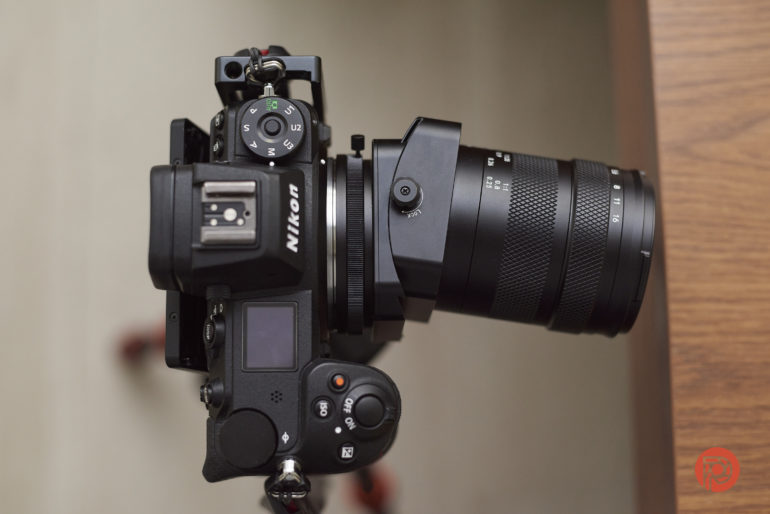
I tested a Nikon Z mount version of the AstrHori 85mm f2.8 lens on my Nikon Z6 II. A 3 Legged Thing Corey tripod was used when taking the macro photos.
Ergonomics
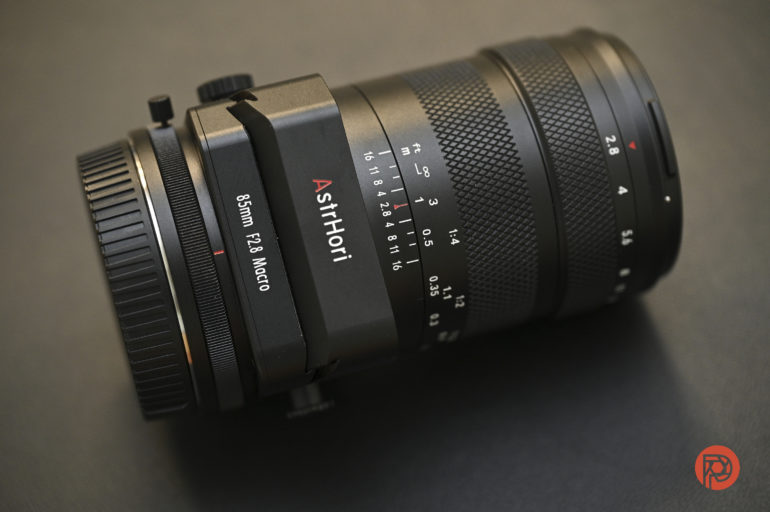
It certainly doesn’t look like an ordinary lens, thanks to a chunky-looking cube next to the lens mount. This is the module that is responsible for the tilt feature of the AstrHori 85mm f2.8 lens, allowing you to rotate the lens and tilt it to adjust the focal plane.
Aperture Ring

A knurled metal ring allows you to smoothly change your aperture. There are no hard stops so don’t expect any clicks as you rotate this ring. You can stop down till f16.
Focus Ring
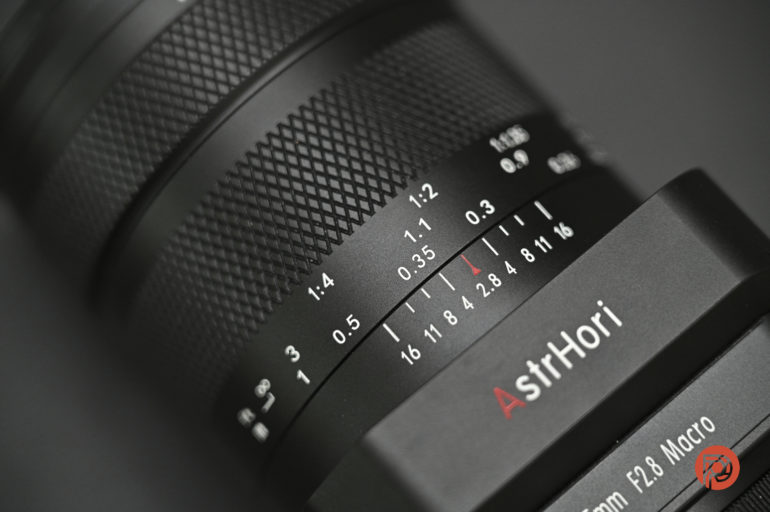
Much like the aperture ring, the focus ring is also incredibly smooth, but has a long throw to it. This is great for macro photography and also for portraits when you want to get the subject’s eyes perfectly sharp. A distance and focal magnification scale are added to this ring to help you make macro calculations more easily.
Tilt Controls
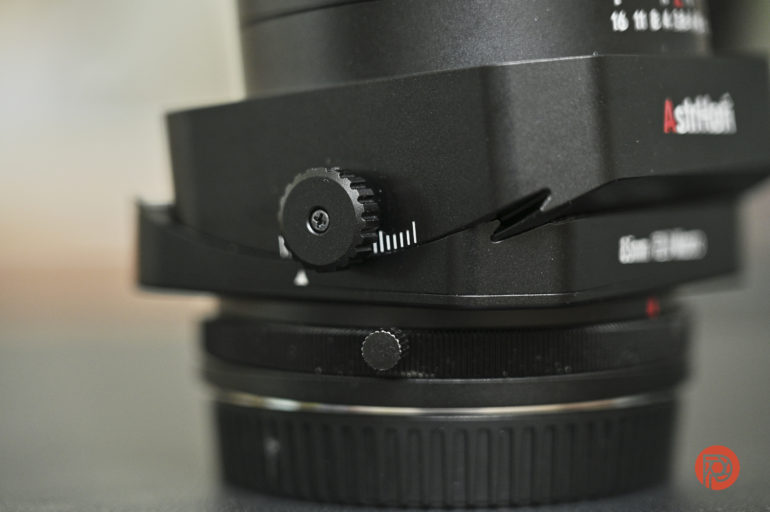
That cube of metal resembling an ice-cream sandwich is the module that handles the tilt controls. One side has the tilt lock, while the other has the knob that controls the angle and degree of the tilt. You can rotate the tilt module 360 degrees. Lock the tiny 360 rotation knob as soon as you’ve decided on the position and angle of tilt. Otherwise you’re likely to nudge it once you start clicking. Even when the knob was at its tightest, I could still turn the tilt module with my fingers.
Build Quality
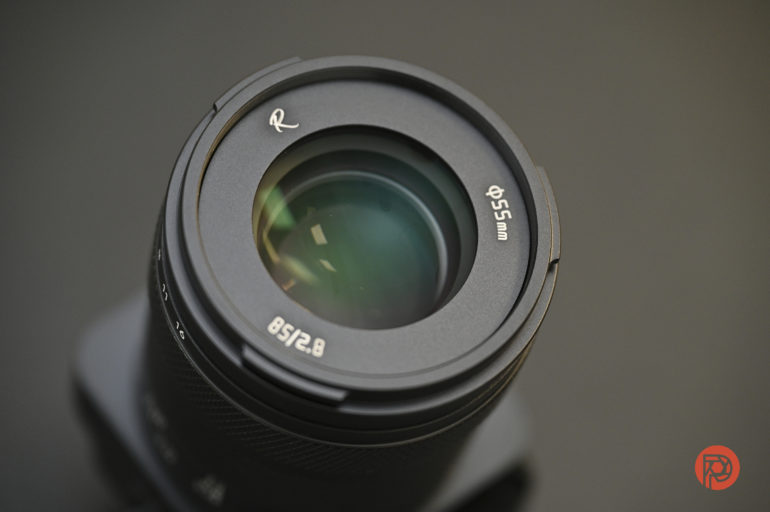
Not more than a few decades ago, lenses that looked premium and felt amazing in your hands were the mainstay of Japanese manufacturers only. Not any longer now, as up-and-coming Chinese brands are starting to make their presence felt in the design and value departments. All we used to see were cheap and inexpensive, mostly plastic lenses from them. Now we get all metal bodies and competitive optical performance that is making the leading brands worry. Formerly known as Rockstar (which is probably why there’s an R on the front of the lens), Astrhori has proven that they can make a good-looking lens that performs better than expected. The AstrHori 85mm looks and feels like it’s made completely out of metal, lens mount included. And a lens like this which is going to get a lot of hands-on usage, twists and turns, definitely requires a tough body.
This has meant that the weight could be a little on the higher side, especially for a mirrorless prime. But since you’d be using this mostly on a tripod for macro photography, it’s totally fine.
Focusing
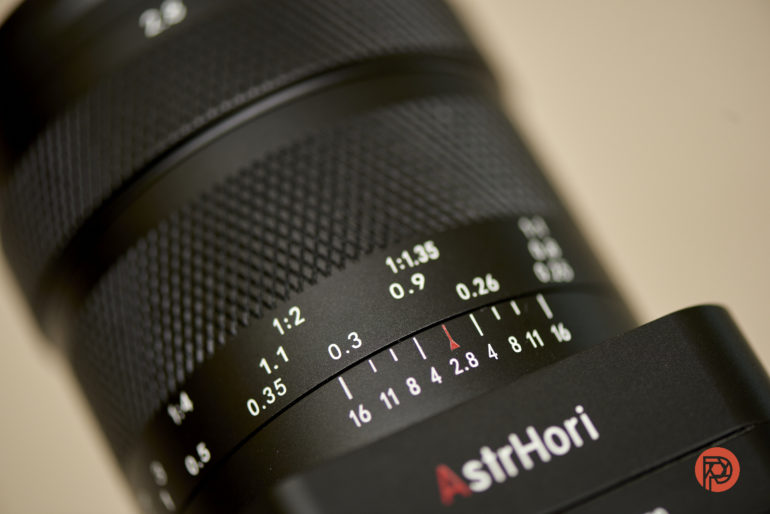
All manual focus on this one, a necessity to keep prices down. Focus peaking helps of course, but I do enjoy zooming in on the LCD for a better degree of focus accuracy. You’ll find this necessary when you’re tilting the lens. I enjoyed the manual focus experience on this lens. Even while taking portraits. As fast as AF on mirrorless cameras is, sometimes it feels nice to go back to basics.
Ease Of Use
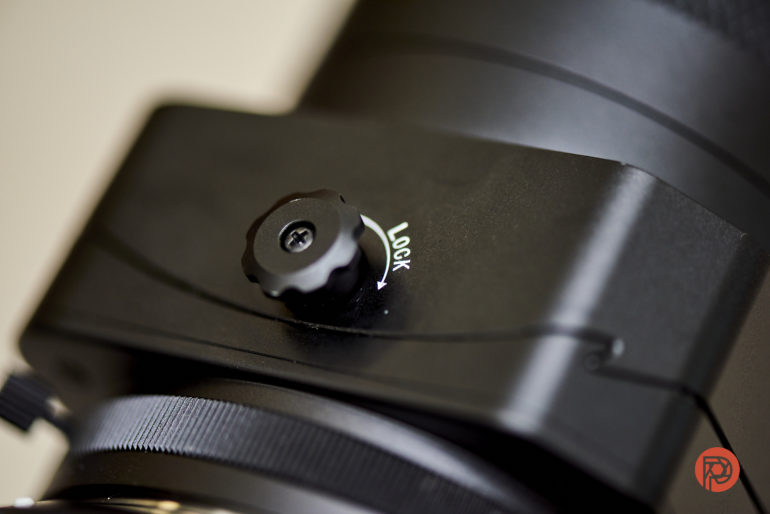
If you were to keep using the knob to tilt the lens often, you might get confused between this knob and the one on the other side that’s used to lock the tilt.
Once you’ve unlocked this, there’s also a smaller, 360 rotation lock knob that you’ll need to unlock if you have to shift the plane of the focus anything other than horizontally.
You might initially turn the tilt knob in the opposite direction to where you want to shift the focus. Even after a day of using the lens, I found myself doing this too often. As a general guideline, tilt the lens in the opposite direction of where you want to move the focus. For example, if you want to move it closer to you, tilt the lens upwards.

Shot at f2.8 in APS-C mode, the above image is a standard macro shot, with the focal plane being parallel to the camera. The focus is on the closest edge of the orange block. Just as with any standard macro lens, the green and blue blocks are visibly out of focus,

By manually tilting just the lens, I was able to get most of the green and blue blocks in focus too. Without moving the camera from its original position at all. Wonderful as this is to achieve, you need to constantly remind yourself that in full frame mode, there would be significant vignetting.
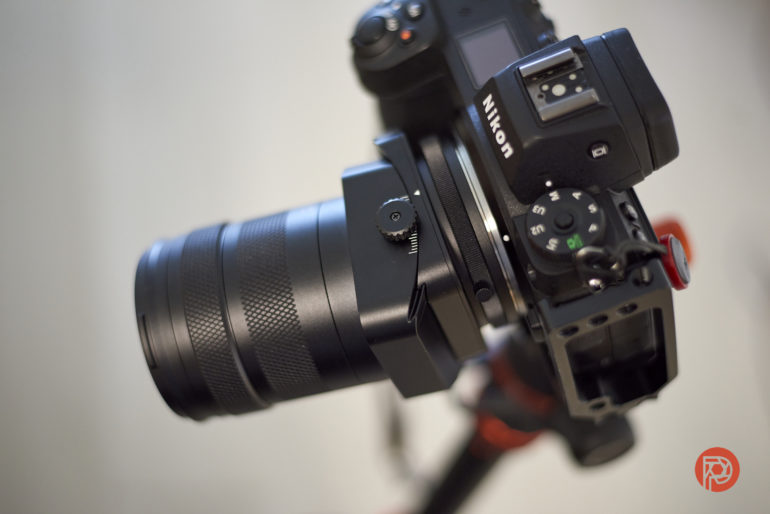
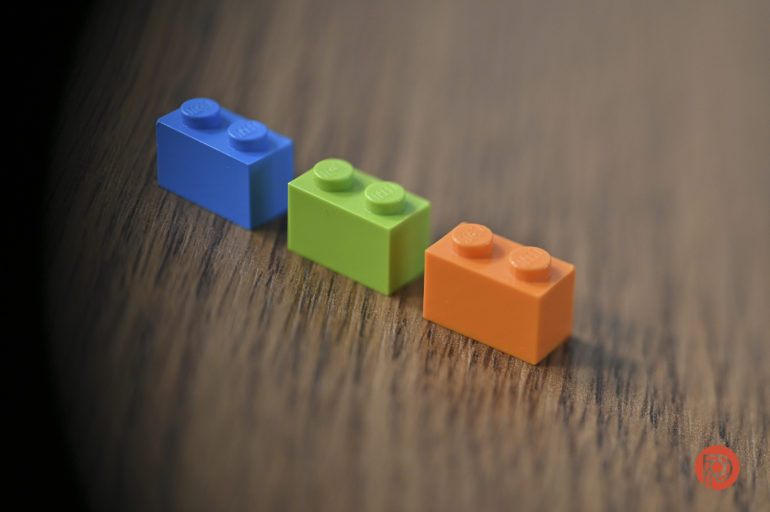
This photo was taken in full frame mode to showcase just how much vignetting is seen when you tilt beyond the halfway mark. This won’t be as prominent on crop sensor cameras or in crop sensor mode on your full-frame cameras.
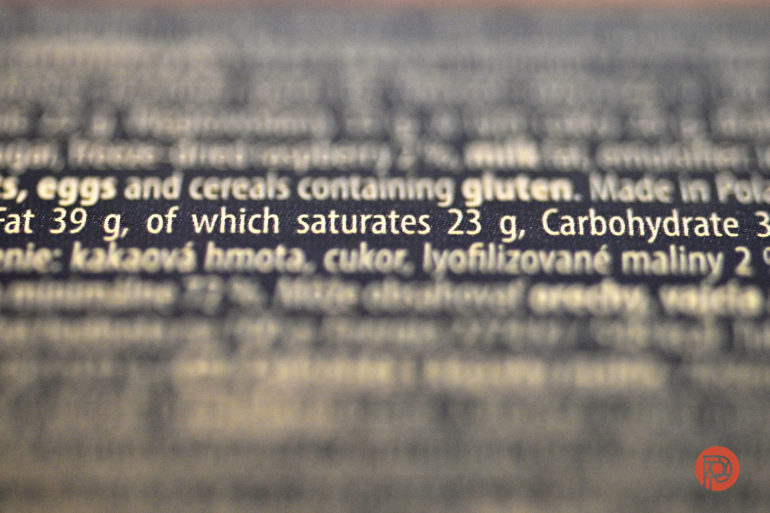
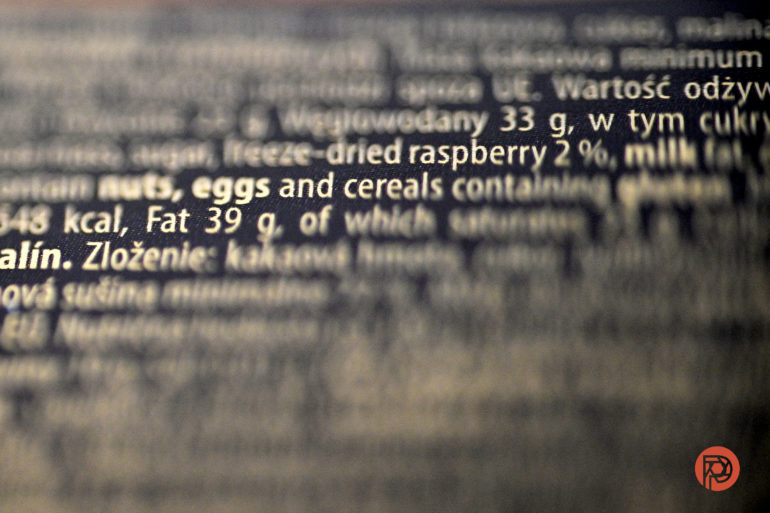
The above couple of images showcases the result of the tilt feature in a much better way. Notice the vignetting on the right, even in crop sensor mode. This is going to be even more noticable as you stop down the lens when you tilt.
Image Quality

At USD 329, there isn’t a great deal that I expected from this lens in terms of center sharpness. But taking the first image at f2.8 really surprised me. Sure, there are sharper macro lenses than this. For this price it retails at however, there really isn’t much to complain about. In fact, in terms of sharpness at 2.8, this lens did a lot better than I initially gave it credit for.

For 1:1 magnification, you can get as close as 25cm/9.84in to the subject. Even at f2.8 when you’re this close, the sharpness is quite something.

If you step back a bit, at somewhere around 32cm, the magnification ratio drops to 1:2

And at around 0.5m or 19.7in, you’re seeing 1:4 magnification
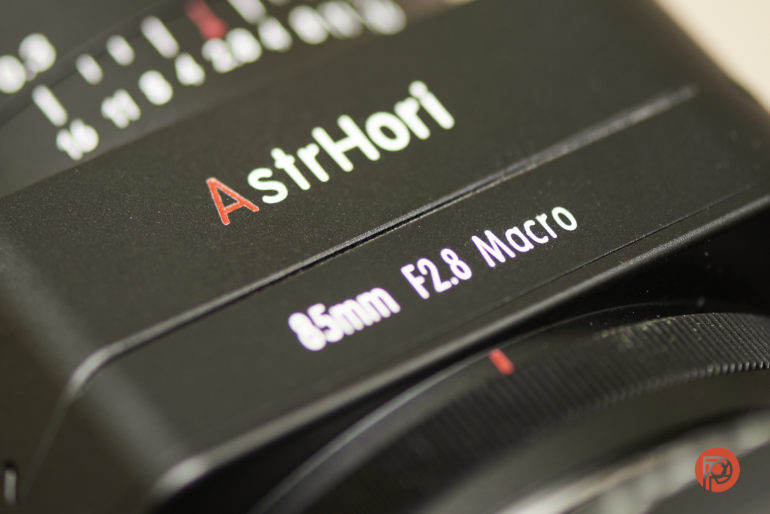
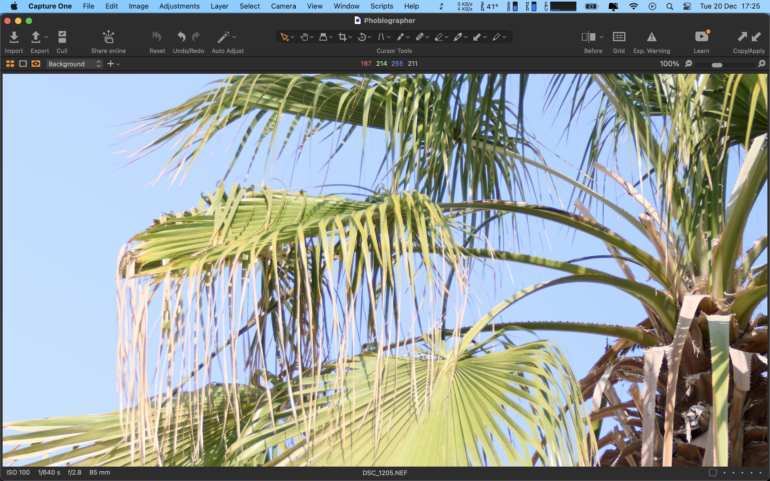
Purple fringing is quite evident at times, not just in the corners. Nothing to worry about when most post-processing software can easily fix this.
Bokeh

The depth of field fallof is buttery smooth. Visibly creamier at times than the results my F-mount Nikkor 105mm f2.8 macro gives.
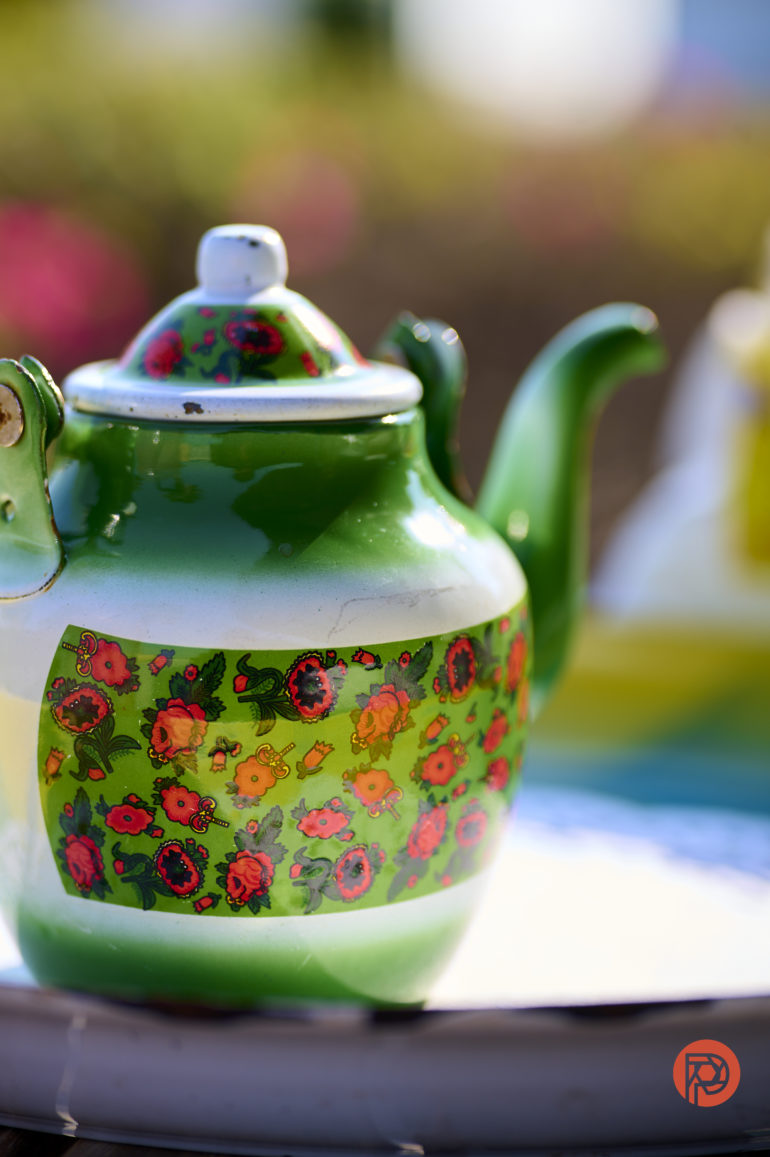
When tilt features aren’t used too much, this lens excels as a macro lens. Be it at 1:1 or 1:4 magnification, there’s a lot of fun to be had with this lens.
Color Rendition
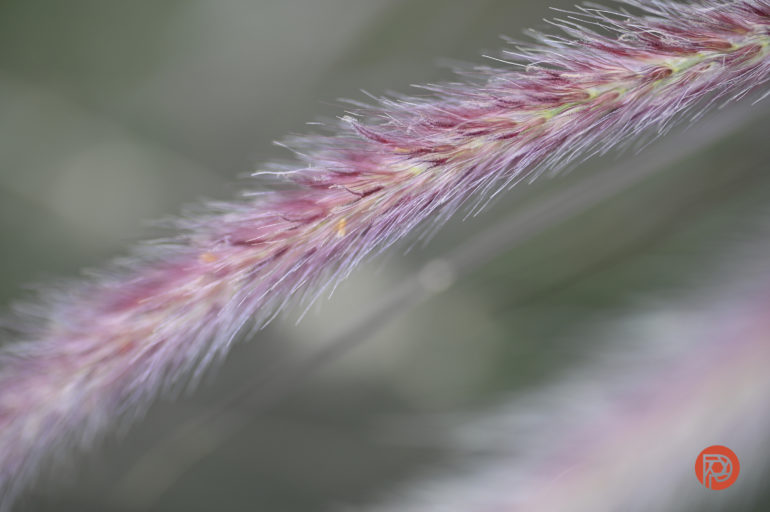
Compared to my usual 105mm macro, there was some lack of contrast in the out-of-focus areas of the image. This was especially noticeable when shooting portraits outdoors. Since it’s not something that isn’t correctly easily in editing, I’m not too fussy about this.

Colors, even in my camera’s Standard image profile, seemed to pop while I was photographing toys indoors. It was only while I was outdoors that I felt a lack of contrast or vividness to them, but it was fixed easily in Capture One.
Sharpness
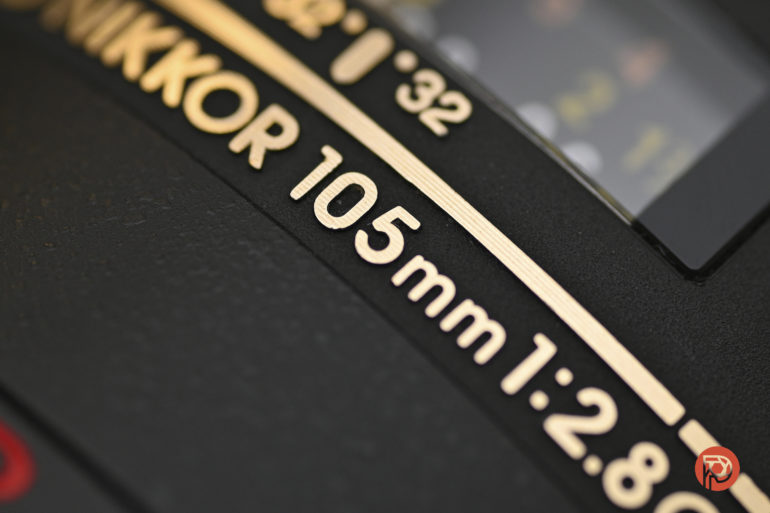
It’s really good at f2.8, but it is much better after f5.6. You do have to factor in the vignetting that will creep in when you tilt. This is even visible at f2.8 once you move past the halfway mark (in full frame mode). Otherwise, even at f2.8, I found sharpness to be more than acceptable. Honestly, for the price you pay for this lens, sharpness is surprisingly good value for your money.
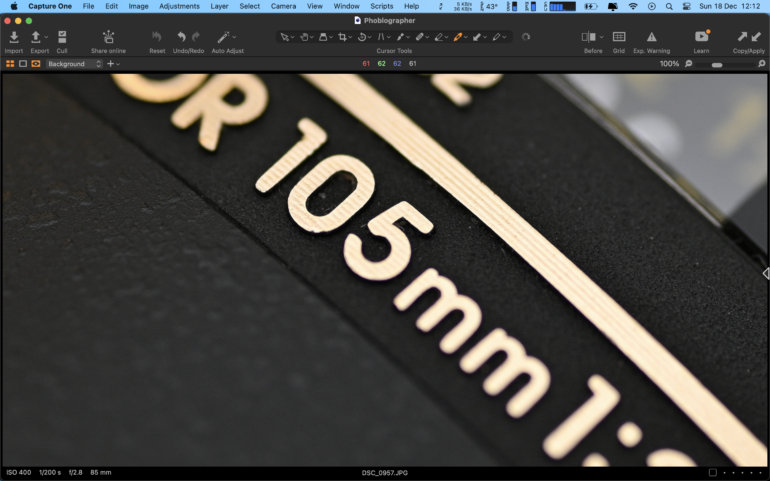
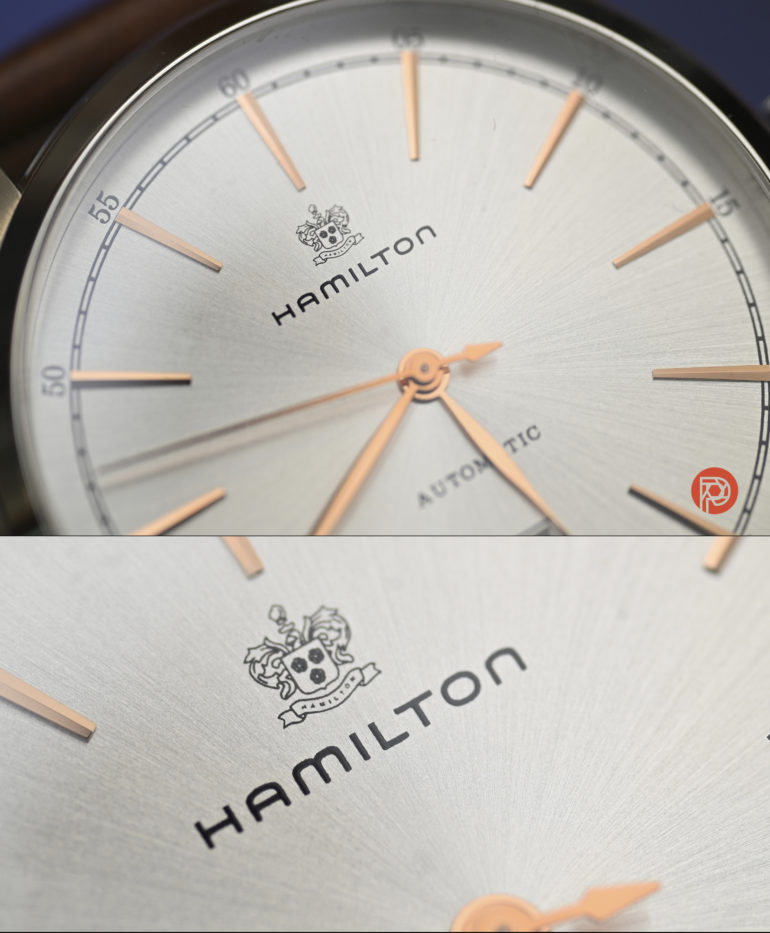
Flare

I only observed a little bit of flare while photographing directly into the sun
Extra Image Samples
From day one, The Phoblographer has been huge on transparency with our audience. Nothing from this review is sponsored. Further, lots of folks will post reviews and show lots of editing in the photos. The problem then becomes that anyone and everyone can do the same thing. They’re not showing what the product can do. So we have a section in our Extra Image Samples area to show edited and unedited photos. From this, you can make a decision for yourself.
Unedited
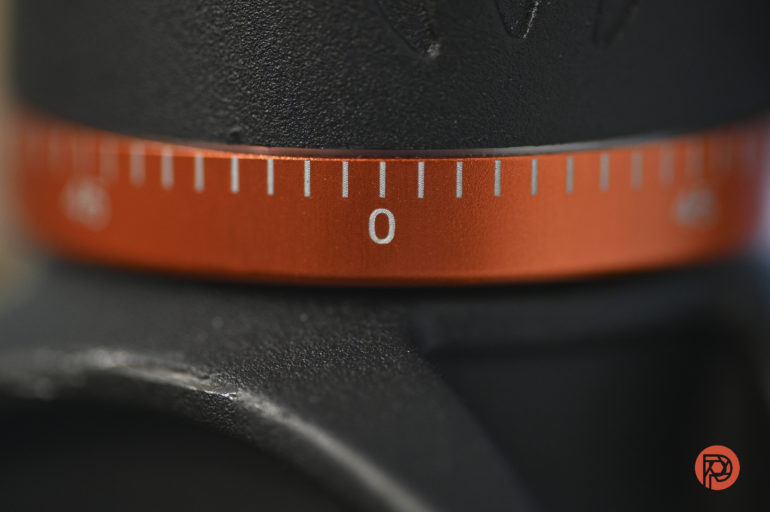
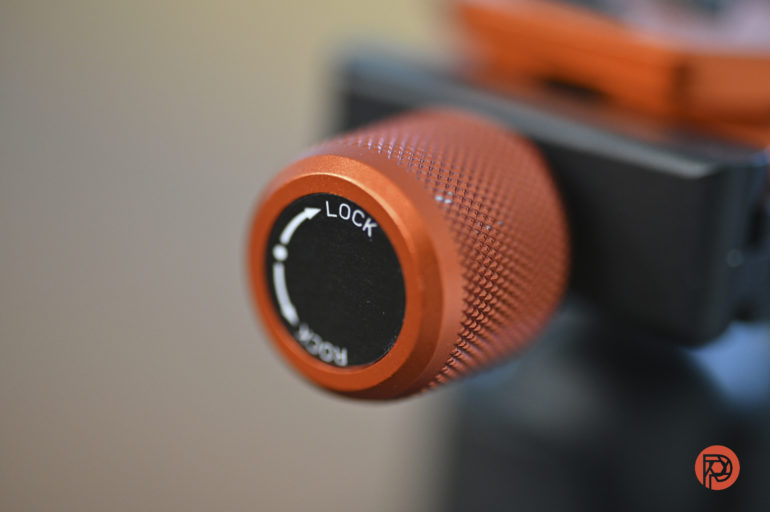
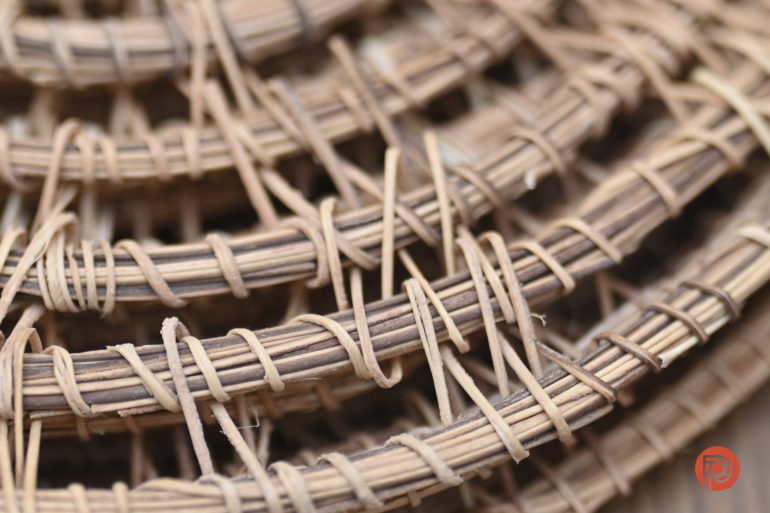
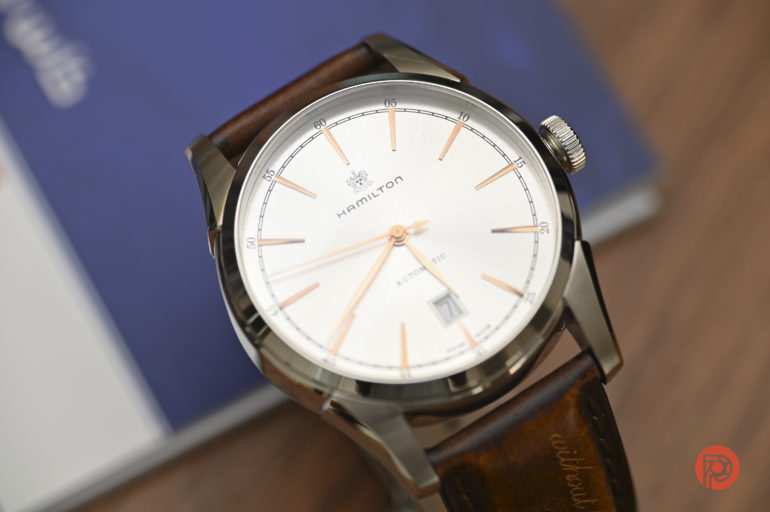
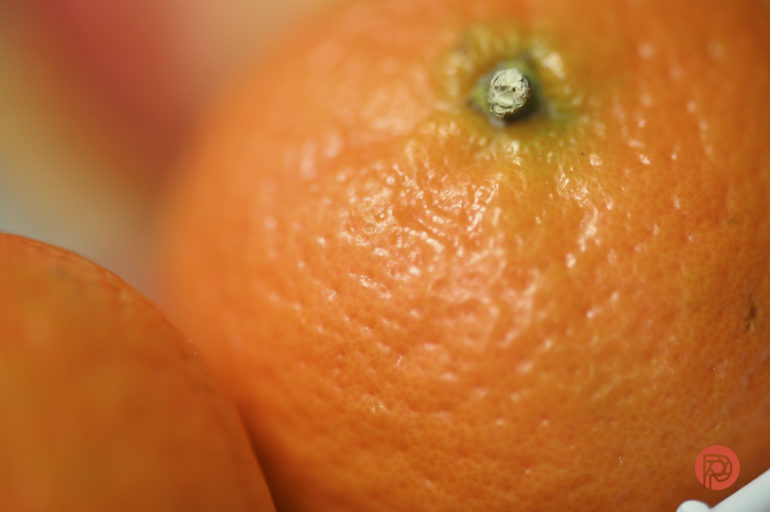

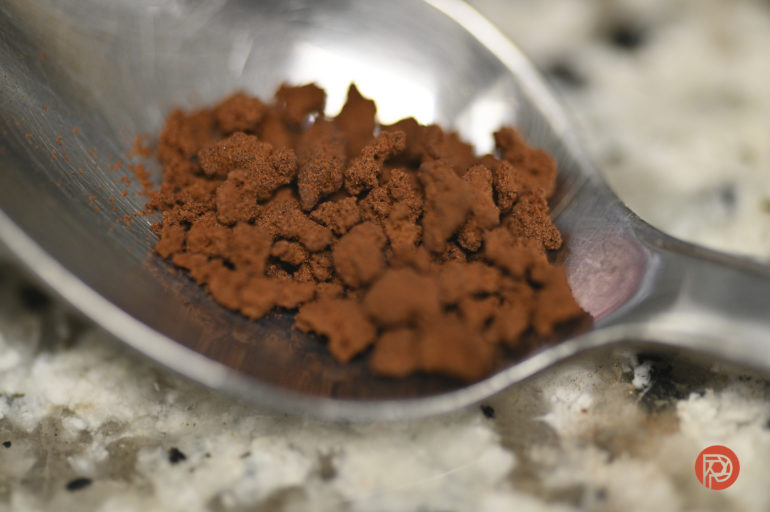
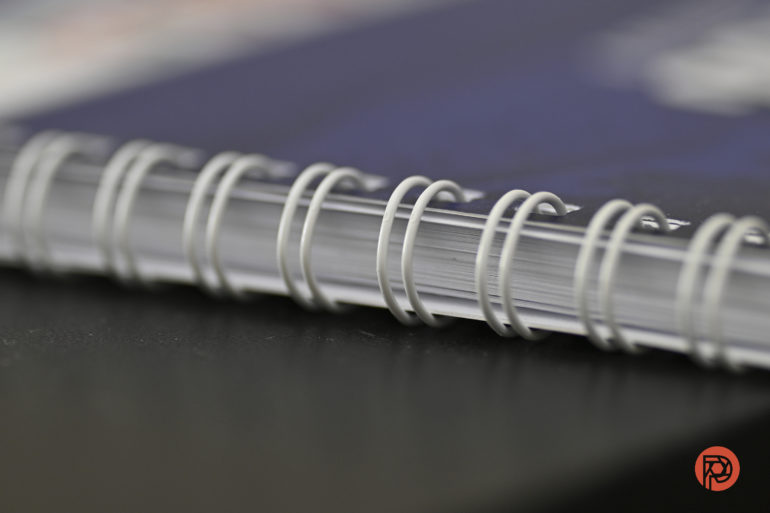
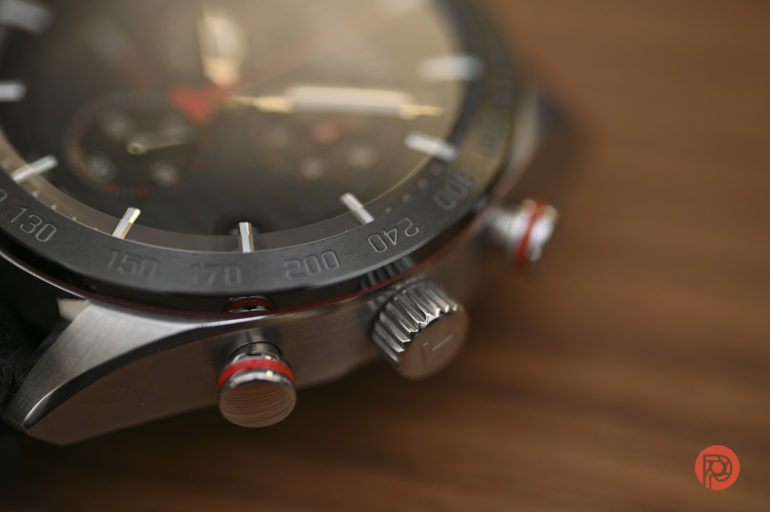

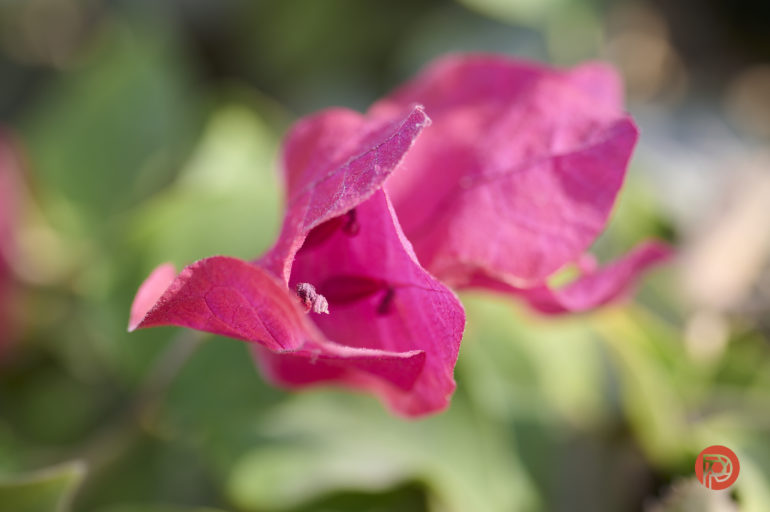
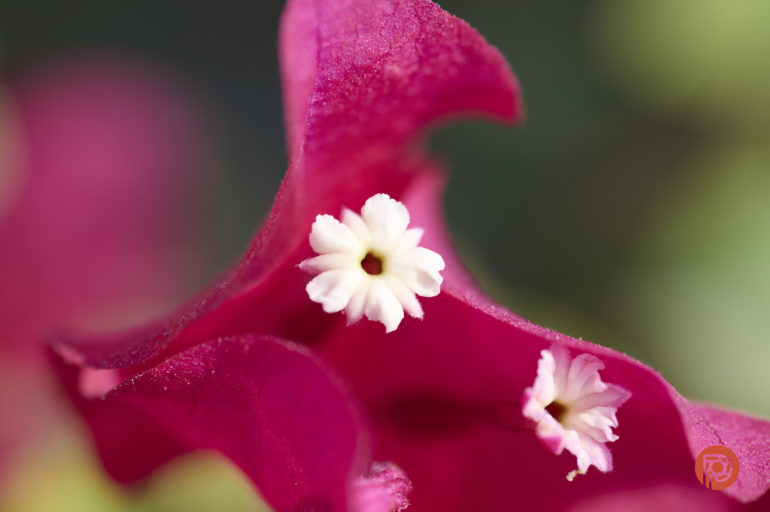
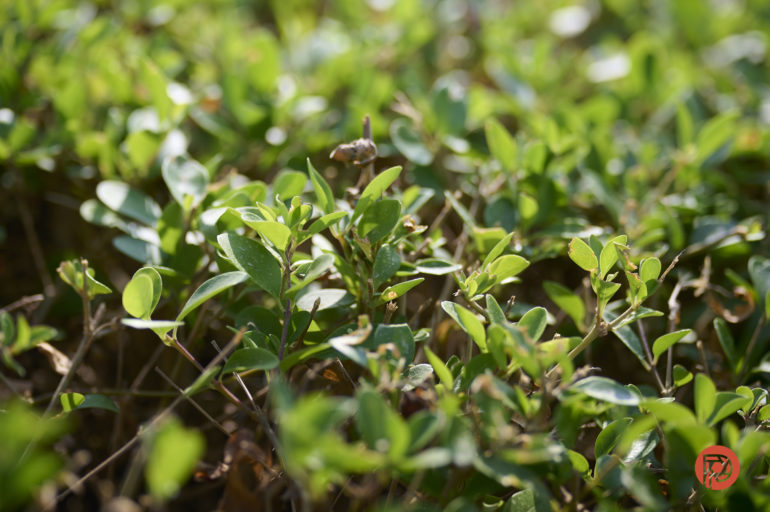
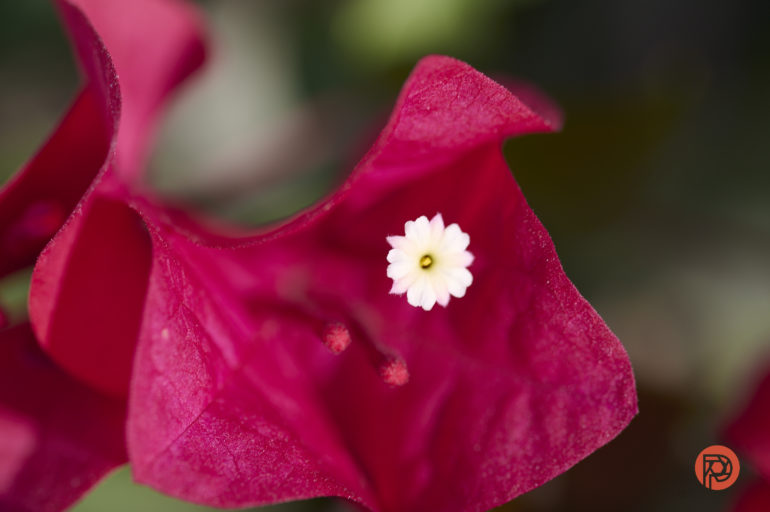

Edited






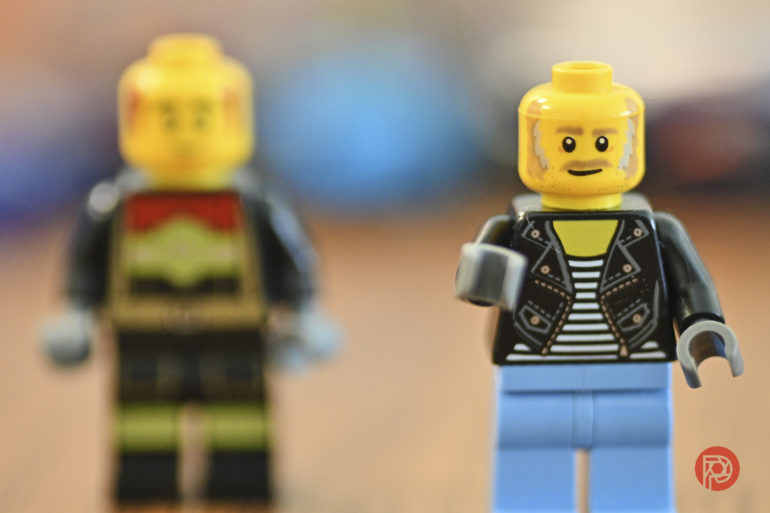
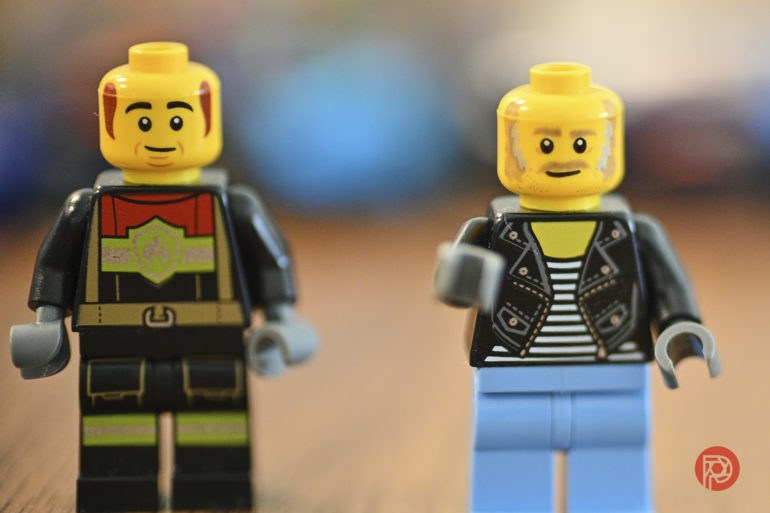

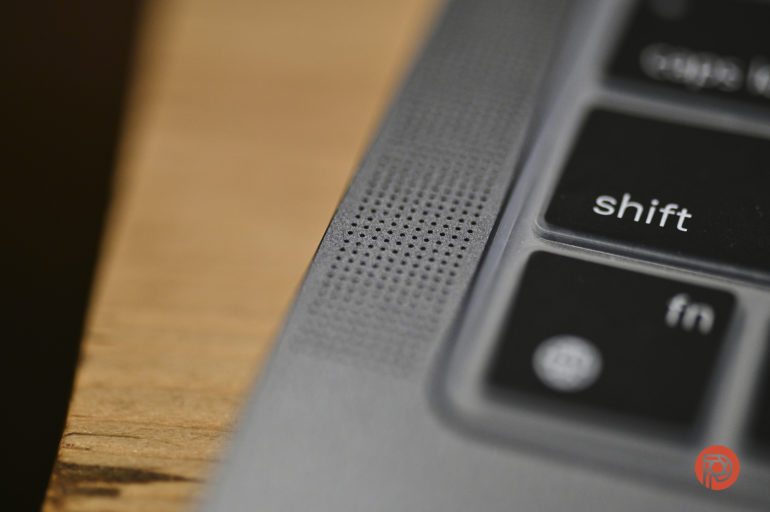
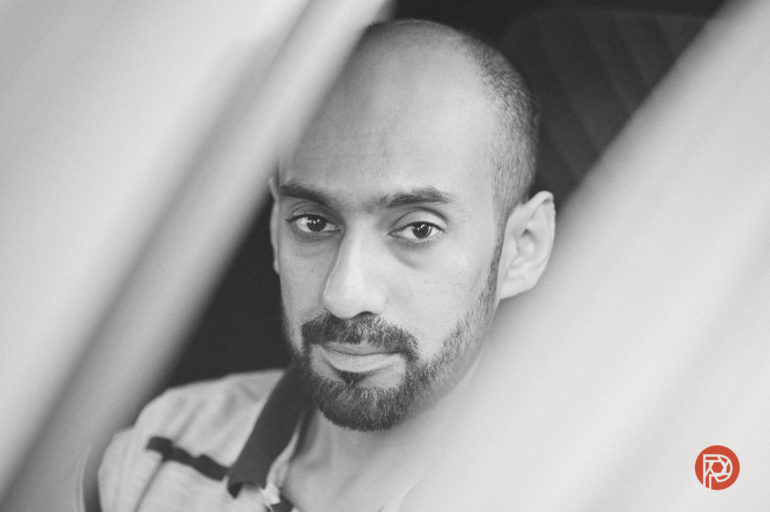
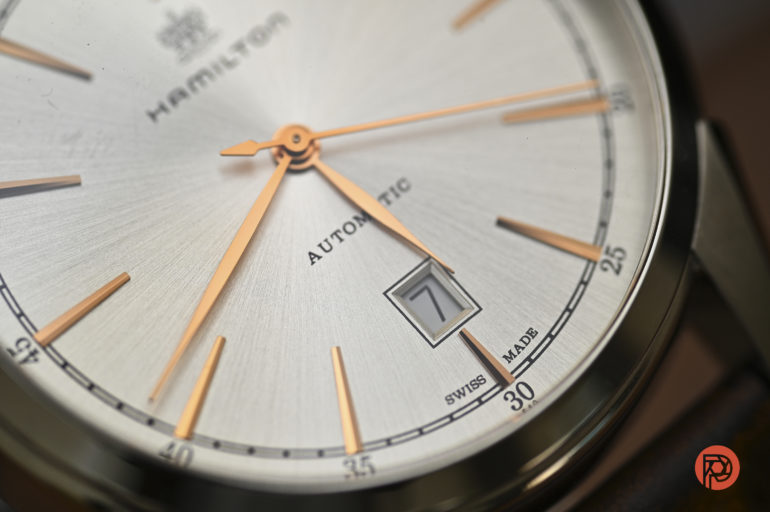
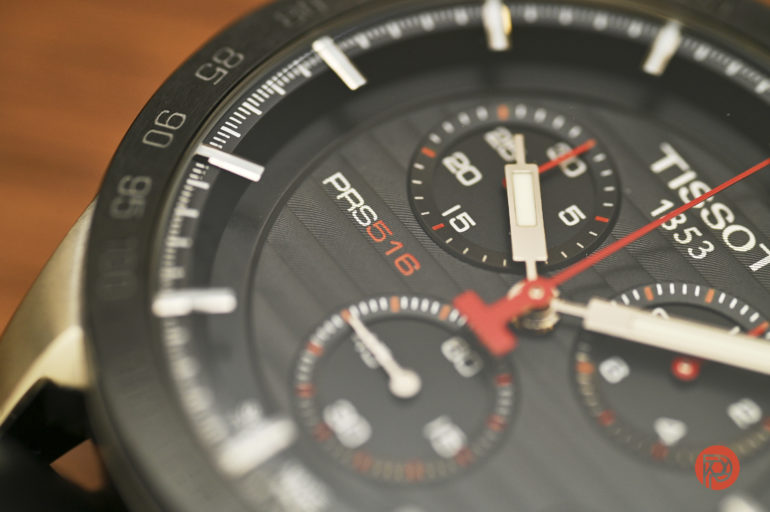
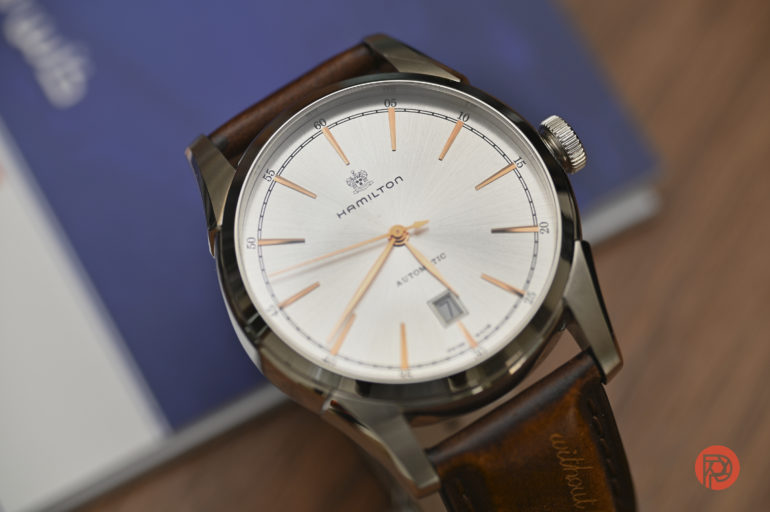

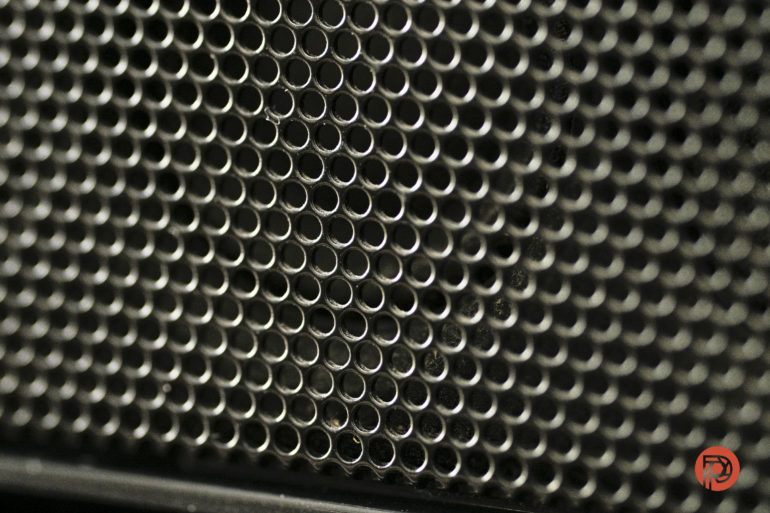

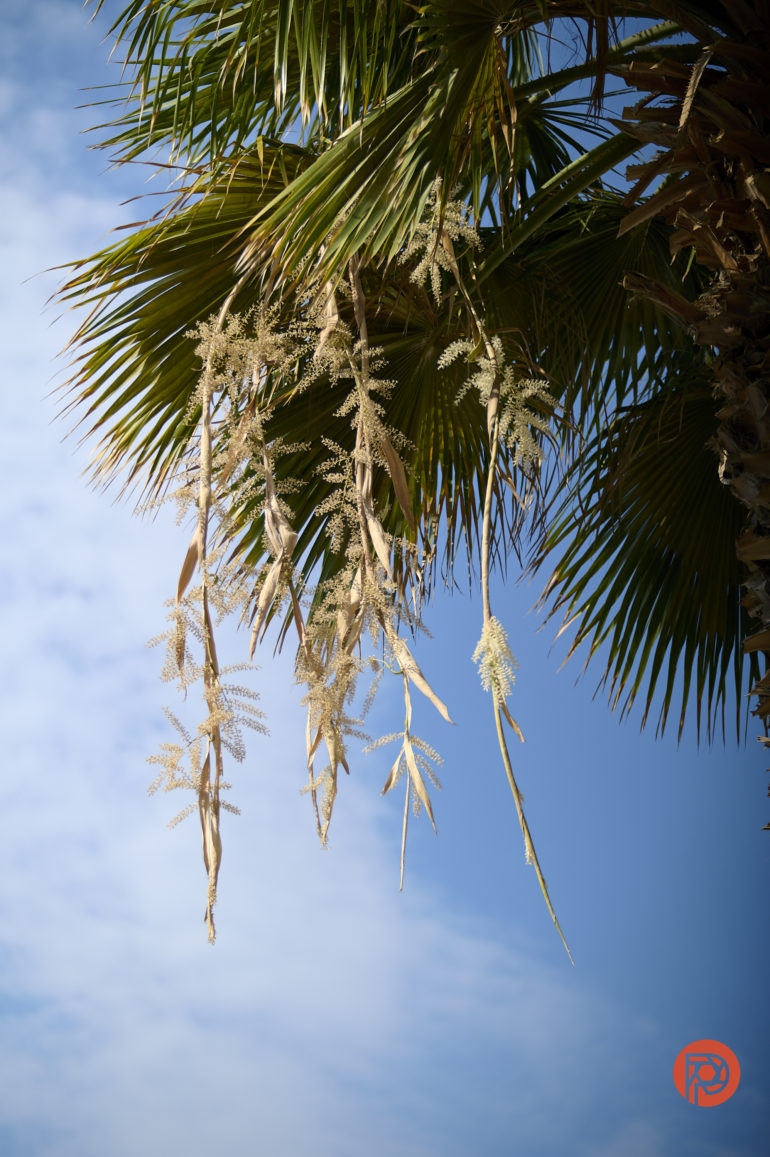

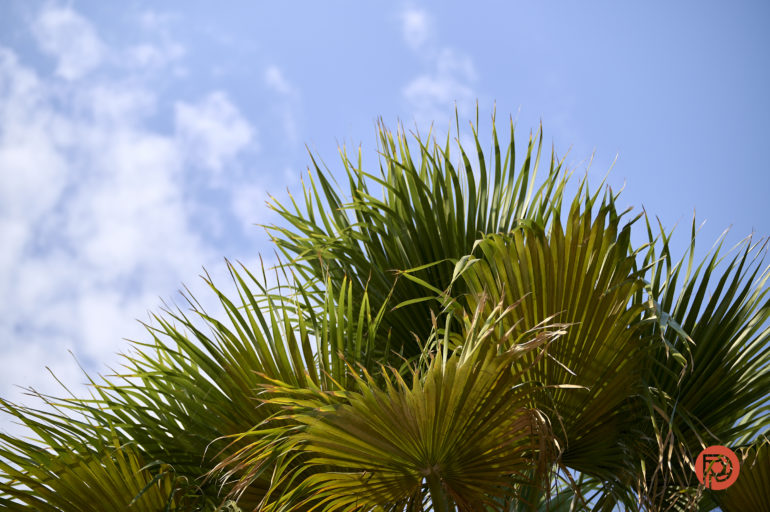
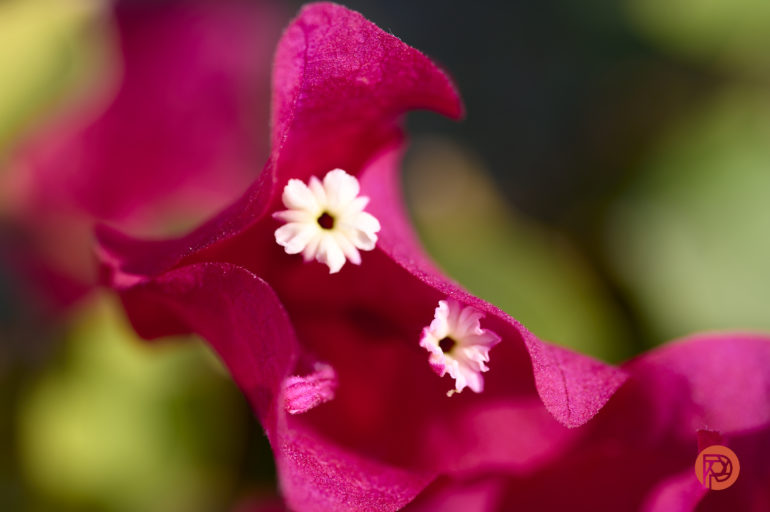
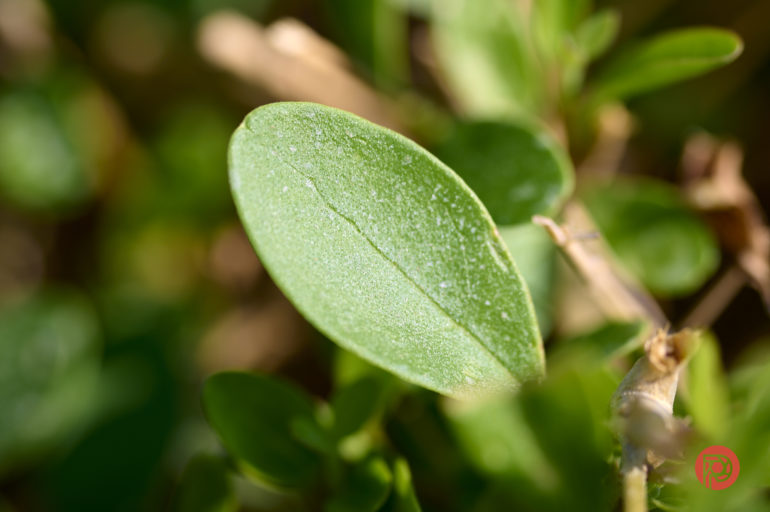
Who Should Buy The AstrHori 85mm f2.8 Lens?
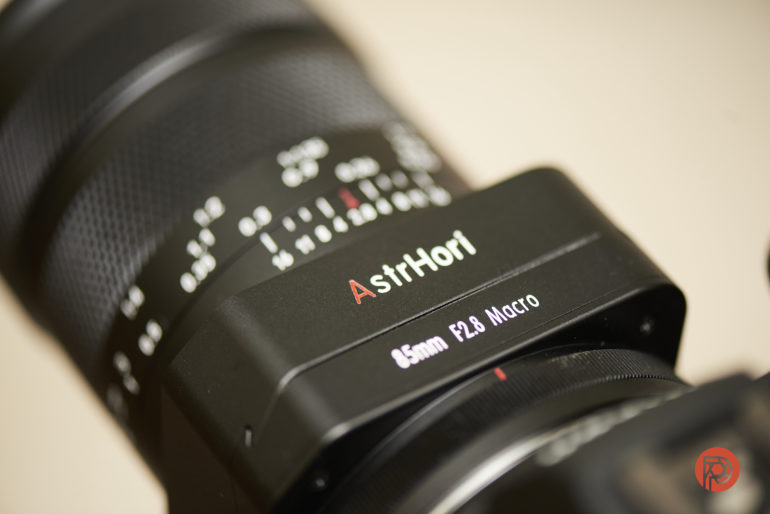
As a macro lens alone, this is a lens that I’d recommend. Even if it doesn’t have auto focus capabilities. At 85mm, it can be a pleasing focal length for portraits, even if it doesn’t have the jaw dropping shallow depth of field as an f1.4 or f1.8 lens. But at this price, it’s even got a tilt feature which very few macro lenses do. I’d say that any crop sensor camera owner looking for a macro lens should strongly consider this lens. If the vignetting wasn’t too prominent when stopped down or tilted past the halfway mark, this would have been perfect for full frame camera users.
Tech Specs
Taken from their Amazon page:
- Focal Length: 85mm
- Maximum Aperture: f/2.8
- Minimum Aperture: f/16
- Lens Format Coverage: Full-Frame
- Angle of View: 28.2°
- Tilt: +/- 8° (In APS-C Mode)
- Minimum Focus Distance: 0.25m
- Macro Reproduction Ratio: 1:1
- Optical Design: 11 Elements in 8 Groups
- Diaphragm Blades: 12
- Focus Type: Manual Focus
- Image Stabilization: No
- Filter Size: 55 mm (Front)
- Dimensions (ø x L): 63mm x 110 mm
- Weight: 720 g
The Phoblographer may receive affiliate compensation for products purchased using links in this blog post.


